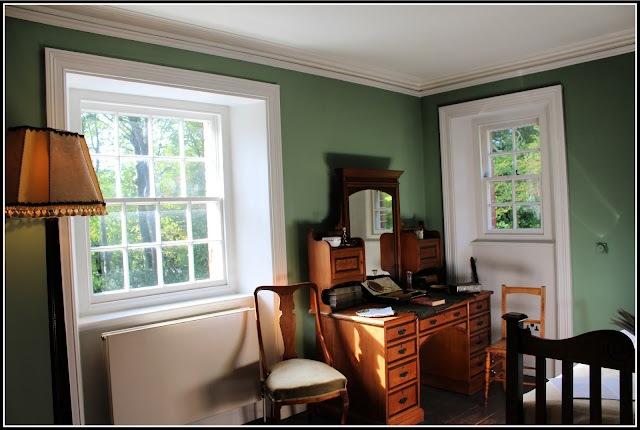Today I'd like to share one the most unique places, if there is one, that we visited on our Golden Anniversary trip to Great Britain.
We have booked a room in Salisbury at the Legacy Rose & Crown Hotel. It is located in a beautiful spot overlooking the river and has a gorgeous view of the Salisbury Cathedral.
The Legacy Rose and Crown Hotel is housed in a 13th century building! The old coaching inn is close to the sights that surround this unique area of Salisbury, Wiltshire.
Our room has the original oak beams and paneling that has been restored.
Grayden and I were fascinated by the original construction. To think this building was constructed in the 13th century is mind boggling. Along the wall there were windows showing what is under the old plaster.
After having a lovely lunch by the river we decided since the weather was so nice we would travel to see Stonehenge on Salisbury Plain. I must admit I didn't expect to be so surprised at what we viewed! A site much older than the hotel we were staying awaited our discovery.
Stonehenge is taken care of by English Heritage and owned by the Crown. As I've mentioned here before, we joined the English Heritage before traveling to Great Britain. I recommend doing so if you are interested in visiting more than two of their sites. It will benefit your wallet if you do so. The same is true of the National Trust as well. In the United States you can join the Royal Oak Foundation and visit all of the National Trust sites you wish. The National Trust takes care of the fields surrounding Stonehenge.
Stonehenge is a very popular site for tourists. This afternoon, the traffic is quite light as we check in with our English Heritage passes.
According to the English Heritage pamphlet --Stonehenge is an ancient temple aligned on the movements of the sun. The stones were raised 4500 years ago by sophisticated prehistoric people.English Heritage's project to transform the setting of Stonehenge returns a sense of context and dignity to this marvel of human endeavor, leaving Stonehenge surrounded by grass and reunited with its ancient approach, the Avenue.
After receiving headphones we boarded a trolley that took us to the path to the giant stones.
It is quite obvious this area is full of ancient history that is far older than Stonehenge!
No one is allowed to walk among the stones for fear of vandalism. We are allowed to walk around the stones and ponder their purpose and how they came to be here!
The use of headphones keeps this spot more peaceful and informative to the visitor.
The large Sarsen Stones of the outer ring with the horizontal lentils on top are enormous! Each one is approximately 13 feet high and 7 feet wide. They each weigh about 25 tons!
There is a ring of smaller bluestones inside the larger ring. Inside of them are free standing trilithons. Stonehenge is oriented to the sunrise on the summer solstice. The stones sit on earthworks in the most dense complex of Neolithic and Bronze Age monuments in England. The area also includes several hundred burial grounds.
We are in awe as we view this ancient monument. The smaller Bluestones were quarried from Preseli hills in Pembrokeshire, Wales, nearly 180 miles away!
There are many thoughts as to how these stones found their way to Salisbury Plain. No matter how, these megaliths certainly presented an enormous issue for their move no matter how far!
Sometimes when you take a photo a surprise greets you. Here was mine as we looked back at Stonehenge!
There is a large museum that we visited after walking around Stonehenge. It is full of interesting facts about the area's role in the life of the ancient monument and its people.
A Neolithic village portrays what life must have been for the ancient people.
As we were leaving the museum, we both pondered its meaning of this sacred ground and I still do! I must say we were both glad to have visited this ancient site. I'm so full of admiration for those that came before us!
Stonehenge is certainly a feat of engineering for folks that lived so long ago with only simple tools!















































